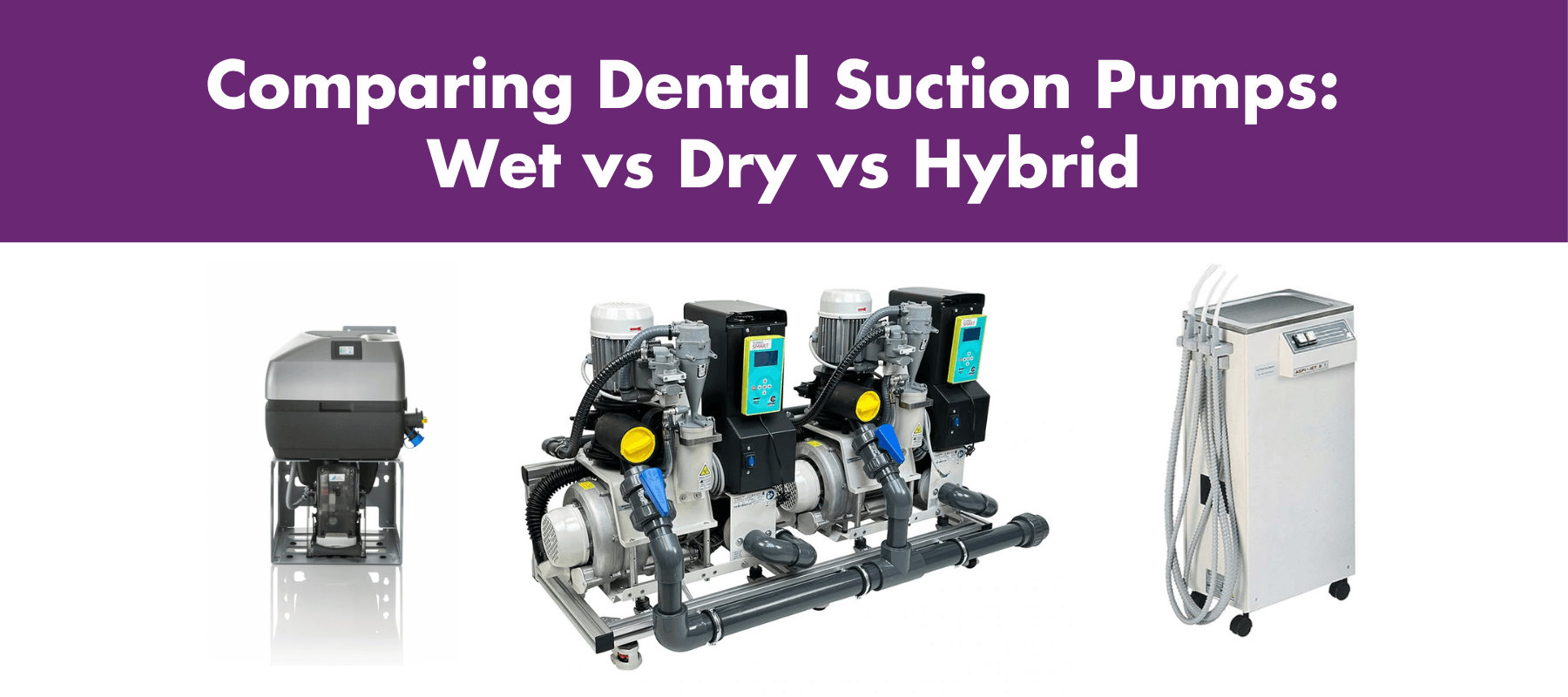
Let’s cut to the chase: dental suction pumps are the maestros of any dental practice.
They’re not just another cog in the wheel; they’re the linchpin that holds the entire operation together.
Whether you’re wielding a portable suction unit or a top-of-the-line dental suction machine, these devices are paramount to your practice’s success.
The storied journey of dental suction technology is a narrative that’s far from yawn-inducing.
If you think dental suction is just about “sucking stuff out,” prepare for a paradigm shift.
The technological advances in dental suction are not just incremental; they’re revolutionary.
In the early days, dental suction was a manual aspirator. But as the years rolled on, the industry saw the advent of “suction systems,” a term that’s as multifaceted as a diamond.
These systems are the Swiss Army knives of a dental practice, capable of generating vacuum pressure by pumping out air and liquid with the finesse of a maestro conductor.
Fast-forward to the present, and the landscape is teeming with options that range from the pragmatic to the luxurious. Wet vacs, dry vacs and even hybrids.
And let’s tip our hats to the high-efficiency marvels like the Cattani and Dürr Dental models, which have set a new gold standard in suction power.
So, the next time you’re in the market for a new suction system, take a moment to marvel at the technological leaps and bounds that have brought us here.
It’s not just about keeping mouths dry; it’s about elevating the entire dental experience.
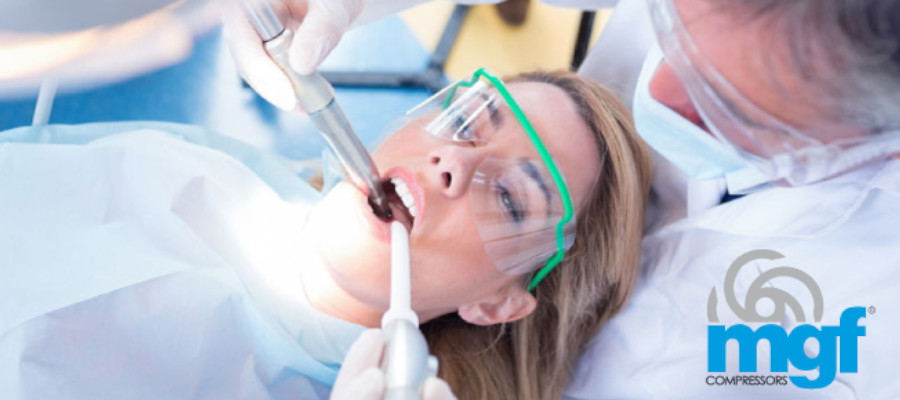
When it comes to dental suction systems, the choices are as varied as British weather.
For UK dental practitioners, the decision boils down to three main types: wet, dry, and the intriguing hybrid known as semi-wet suction systems.
Let’s dissect these options with the precision of a scalpel, shall we?
Advantages:
Disadvantages:
Advantages:
Disadvantages:
Ah, the best of both worlds, like a perfectly balanced cup of Earl Grey.
These systems offer the reliability of wet systems with the efficiency of dry ones.
Products like the Durr VSA300S or Cattani Turbo Smart are prime examples.
Advantages:
Disadvantages:
So, whether you’re a solo practitioner or running a bustling multi-chair practice, the dental suction landscape offers a smorgasbord of options tailored to the unique cadence of your operations.
It’s not just about choosing between wet and dry anymore; it’s about finding the perfect harmony in a system that resonates with your practice’s needs.
Shall we proceed to the next movement in this symphony?
The age-old debate that’s as polarising as pineapple on pizza.
Should you go for a single-surgery suction pump or take the plunge with a multi-surgery suction pump? Let’s break it down, shall we?
Think of these as the solo artists of the dental suction world. They’re designed for smaller practices and are generally more budget-friendly.
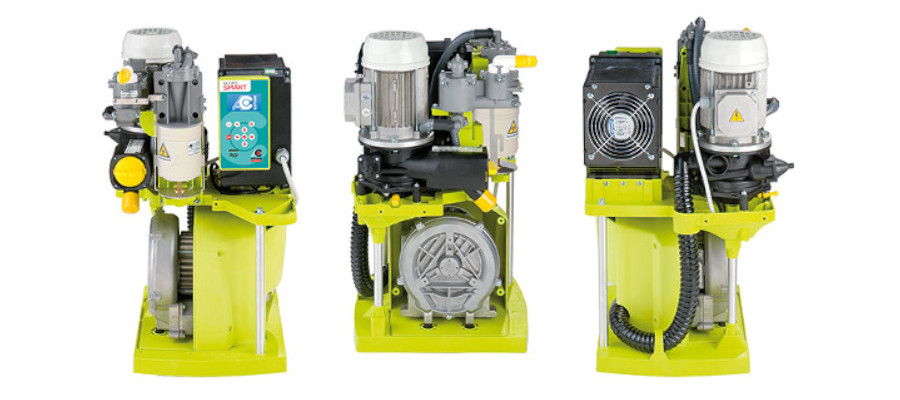
Products like the Durr VSA300S or Cattani Microsmart are perfect examples.
Pros:
Cons:
So, while they may not be the one-size-fits-all solution, single-surgery suction pumps offer a level of flexibility and cost-effectiveness that can be a boon for many practices.
And let’s not forget, having individual pumps in each room can be a strategic move to avoid complex pipework systems and provide backup reliability.
Think of these as the philharmonic orchestras in the dental suction concert hall—designed to serve multiple treatment rooms in harmonious synchrony.
Products like the Durr VSA900 or Cattani Turbosmart are the crème de la crème in this category.
Pros:
Cons:
So, if you’re running a bustling practice with multiple treatment rooms, multi-surgery suction pumps offer a level of efficiency and reliability that’s hard to beat.
Just be prepared for the initial investment, which, like buying a Stradivarius, could be substantial but ultimately rewarding.
Let’s get down to the brass tacks. Choosing the right dental suction system boils down to a few key features.
It’s like selecting a fine wine; you need to consider the body, the finish, and of course, the price tag.
So, let’s uncork this bottle and explore the essential elements: suction power, maintenance requirements and cost.
Let’s get one thing straight: suction power is the linchpin, the pièce de résistance, the “oomph” that separates a mediocre system from a stellar one.
Whether you’re looking at dental vacuum pump features or perusing dental suction machines for sale, always check the specifications for suction capacity, usually measured in gallons per minute or cubic feet per minute.
What to Look For:
Maintenance is the silent partner in this relationship, often overlooked but crucial for long-term happiness.
A high-maintenance system can quickly become the bane of your existence, eating into both your time and budget.
What to Look For:
Ah, the almighty pound sign—the final frontier in your quest for the perfect dental suction system. Whether you’re eyeing a dental suction pump for sale or considering one of the top-tier dental vacuum systems, remember that cost isn’t just about the initial outlay.
What to Look For:
So, there you have it—the trifecta of features to consider when diving into the ocean of dental suction options. It’s not just about finding a system; it’s about finding your system, the one that fits into the unique tapestry of your practice.
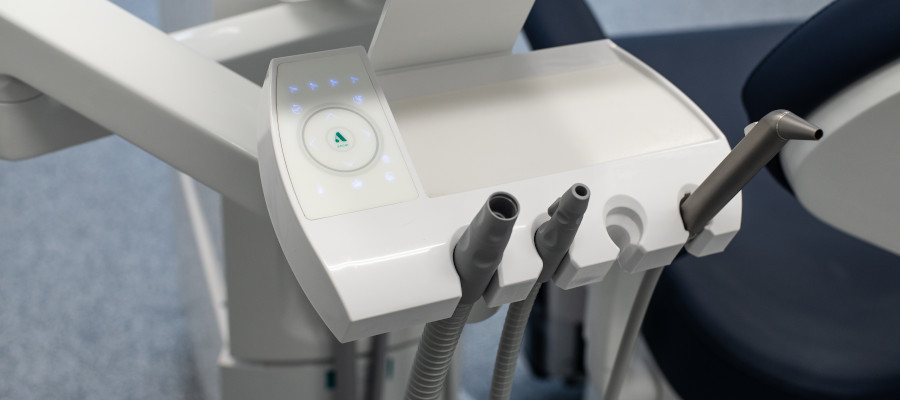
So, you’ve waded through the sea of options, pondered the pros and cons, and now you’re standing at the crossroads.
The question looms large: how do you choose the dental suction pump that’s the perfect fit for your practice?
It’s not just about the bells and whistles; it’s about finding a system that syncs with the unique rhythm of your clinic.
Before you whip out the credit card or sign on the dotted line, take a moment to interrogate your potential purchase. Think of it as a job interview for your next dental suction system.
Here’s a checklist of questions to guide your decision-making process:
What is the suction capacity?
This is the “horsepower” of your system, so make sure it aligns with your needs.
How easy is it to maintain?
If the answer is “as complicated as a Rubik’s Cube,” you might want to reconsider.
What are the energy consumption rates?
This will impact both your wallet and your eco-credentials.
Is it compliant with environmental regulations?
Look for systems with built-in amalgam separators if this is a concern.
What is the total cost of ownership?
This includes the dental vacuum pump cost, maintenance and operational expenses.
Are there any warranties or after-sales support?
A solid warranty can be a lifesaver, literally and figuratively.
What are the financing options?
If the dental suction machine cost is steep, check if the supplier offers payment plans or leasing options.
So, are you ready to make the leap and invest in a dental suction system that will elevate your practice to new heights?
Contact us for a chat about the systems we have available and the features you’re interested in.
In the intricate ballet of dental practice management, maintenance and safety aren’t just about ticking boxes.
They’re about elevating your practice to a level of operational nirvana.
Let’s delve into why regular maintenance and stringent safety measures are the unsung heroes in the saga of dental suction.
Think of maintenance as the rhythm section in your dental practice’s orchestra—unassuming yet foundational.
Regular maintenance isn’t just about averting crises; it’s about optimising performance.
Key Safety Measures:
In summary, maintenance and safety are the yin and yang of dental suction management. They balance each other out, creating a harmonious environment where both your team and your equipment can perform at their best.
So, when considering dental suction pump safety and maintenance, don’t just skim the surface; dive deep to ensure you’re hitting all the right notes.
If you need dental suction pump maintenance, consider opting for Eclipse Care Service Plans.
These plans are the epitome of proactive dental suction pump maintenance, offering regular check-ups, timely repairs and even emergency service options.
We go beyond maintenance and simply ‘fixing problems’ to ensure each piece of equipment you rely upon is performing at the highest levels, with minimum downtime, to help enable your business success and boost staff and customer satisfaction.

And so, we’ve reached the final act of our dental suction odyssey.
It’s been a whirlwind tour, replete with unexpected twists, enlightening revelations, and a smattering of jargon.
Now, the spotlight is on you.
You’re armed with a dental suction pump guide, a dental suction machine checklist, and hopefully, a newfound appreciation for the complexity and importance of this essential equipment.
The question is, will you settle for mediocrity, or will you invest in a dental suction pump that elevates your practice to the realm of excellence?
So, go forth, dental virtuosos, and make your selection with the confidence of a conductor leading a grand orchestra.
Your practice deserves nothing less than the best.
How does a dental suction pump work?
A dental suction pump operates on a simple yet ingenious principle: it creates a vacuum. This vacuum draws air from the oral cavity, effectively removing saliva, blood and other debris during dental procedures. The system typically consists of a suction unit, hoses and a collection canister. The pump’s motor generates the necessary vacuum pressure, allowing for efficient and hygienic dental work.
What are the maintenance requirements for a dental suction pump?
Maintenance for a dental suction pump can vary based on the type—wet, dry, or hybrid. However, some general guidelines include regular cleaning of the hoses and canister, checking for any wear and tear and ensuring the motor is functioning optimally. For a more hands-off approach, consider opting for service plans like Eclipse Care, which offers regular check-ups and emergency service options.
How does the suction head affect pump performance?
The suction head, or the height at which the pump can effectively draw fluid, plays a crucial role in pump performance. A higher suction head allows the pump to draw fluids more efficiently, making it ideal for procedures that require strong suction. Conversely, a lower suction head may be sufficient for less demanding tasks but could struggle in more complex procedures.
What are the key features to consider when purchasing a dental suction pump?
When shopping for a dental suction pump, focus on three main features: suction power, maintenance requirements and cost. Each of these factors will significantly impact your practice’s operational efficiency and the overall patient experience.
How do I ensure the safety of my dental suction system?
Safety is paramount when it comes to dental suction systems. Always adhere to the manufacturer’s guidelines for installation and operation. Look for systems equipped with amalgam separators to comply with environmental regulations and consider those with emergency shut-off features for added safety.

I have used them for the first time in recent months for a complicated project in carrying out a practice refurbishment. Eclipse were meticulous and brilliant. Very knowledgable engineers and a beautiful finish to my practice. They really are a family based business who will look after you. Very professional company and will definitely keep using them.

I had my 2 surgery practice completely stripped out and services repositioned with new flooring, new equipment and redecorated. They kept to the agreed time scale and we were up and running in our state-of-the-art new surgery. Thank you Eclipse and I will be using your services again.

I did a lot of research looking for a dental fit-out company before I came across Eclipse Dental. They designed the surgery exactly the way I wanted it to look which suits my requirements perfectly. The final result was phenomenal, just phenomenal!

The engineers that attend our practice are very knowledgeable and always act in a professional manner. If we have an emergency situation John Boyt always tries his best to fit us in. I have no hesitation in recommending Eclipse Dental Engineering to you for all your servicing and breakdown needs.

Eclipse listened to my ideas, they added a lot to them and improved my initial design. They had loads of realistic and creative ideas for a 21st century dental practice! Two surgeries were refurbished on time without any interruption of our clinics.

We would highly recommend the awesome Eclipse team who guided us through the design process, finishing touches and colour schemes. Their ability to combine build works with equipment and dental engineering makes it so much easier and better value.

I am very pleased with the result, it is of a high quality and surpassed my expectations, on the strength of the work done I commissioned some extra wall cabinetry. The whole process was hassle-free and I would be very happy to recommend Eclipse to my friends in the business.
We used Eclipse recently in an emergency as we had equipment failure. They were very quick to respond to our call and were able to get us working again within 2 hours. The engineer was very friendly and professional and I would highly recommend this company.

I would like to express my gratitude to you and your team for your professionalism and prompt response when our dental chair packed up. You attended the same day, removed the damaged chair and installed a rental to allow us to continue practising.

Having dealt with many fit-out companies over the years, Eclipse Dental has been one of the most professional, dependable and sincere companies I have ever worked with. I would not hesitate to use their services again.

Excellent service, Eclipse have worked tirelessly for us and have always come out same day if we have a problem stopping us working. Thanks to all at Eclipse.
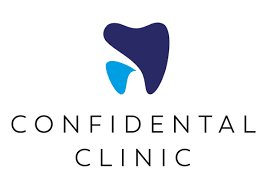
Their awareness of CQC regulations regarding equipment relocation and our necessity to minimise downtime was brilliant. We would like to recommend Eclipse Dental to anyone considering a refurbishment or relocation.
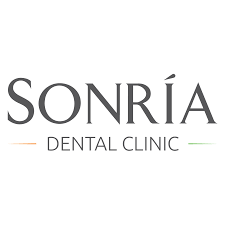
Very happy with the service and reliability of the team. From the beginning to the end, everyone was always helpful and very kind. I definitely will recommend Eclipse Dental!

I liked how swiftly the projects were done. Everything was managed, everything was timed and everything was coordinated. And every day we saw something happening. It was very exciting.

The quality of craftsmanship was exceptional—the cabinetry, flooring and all custom elements were made precisely to our specifications and aligned perfectly with our vision for the space.

Brilliant. Just professional! Complete refit of surgery. Flawless.

The boys did well! We didn’t give them much time to prepare but they did a great job, extremely pleased.

We have had the chairs for some time now and are happy with them. They serve what we need them for. The aftercare service is excellent

Eclipse are very flexible and listen to your needs. We are very impressed with the quality of workmanship they delivered. I would not hesitate to continue recommending Eclipse.
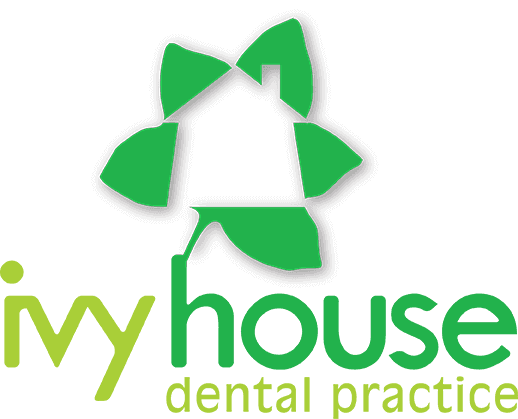
Eclipse were always accommodating of any requests and would always go the extra mile. I look forward to working with them for many years to come.

We are delighted with the end result. The practice looks good and, more importantly, works ergonomically and efficiently.